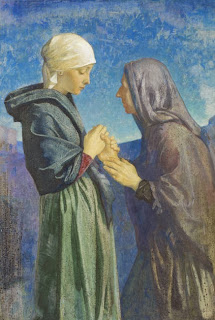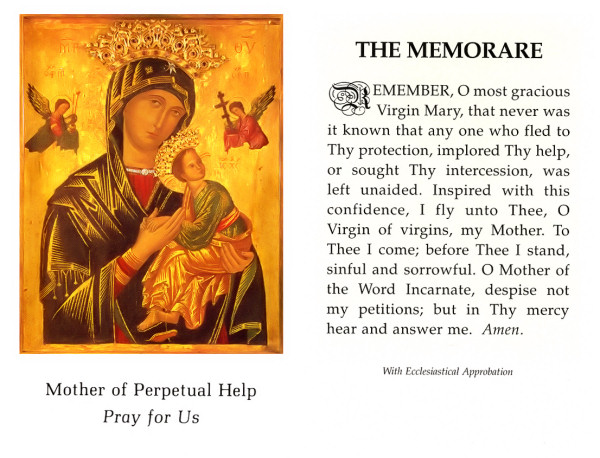'A fire with many flames divided, yet never dimmed by sharing of its light.' Sunday Reflections, Easter Sunday
The Easter Vigil in the Holy Night
Readings (Jerusalem Bible: Australia, England & Wales, India [optional], Ireland, New Zealand, Pakistan, Scotland, South Africa)
Readings (New American Bible: Philippines, USA)
At the Mass during the Day
Readings (Jerusalem Bible: Australia, England & Wales, Ireland, New Zealand, Pakistan, Scotland)
Readings (New American Bible: Philippines, USA)
Gospel John 20:1-9 (English Standard Version, Anglicised)
Now on the first day of the week Mary Magdalene came to the tomb early, while it was still dark, and saw that the stone had been taken away from the tomb. So she ran and went to Simon Peter and the other disciple, the one whom Jesus loved, and said to them, “They have taken the Lord out of the tomb, and we do not know where they have laid him.” So Peter went out with the other disciple, and they were going towards the tomb. Both of them were running together, but the other disciple outran Peter and reached the tomb first. And stooping to look in, he saw the linen cloths lying there, but he did not go in. Then Simon Peter came, following him, and went into the tomb. He saw the linen cloths lying there, and the face cloth, which had been on Jesus' head, not lying with the linen cloths but folded up in a place by itself. Then the other disciple, who had reached the tomb first, also went in, and he saw and believed; for as yet they did not understand the Scripture, that he must rise from the dead.
Fr Pádraig Ó Croiligh is a priest of the Diocese of Derry. Some years ago he published a book of religious poetry in Irish with the title Brúitíní Creidimh, which could be translated as 'Mashed Potatoes of Faith'. In his short poems he helps the reader digest aspects of our faith and religious practices.
His poem Fód na Cásca (The Sod of Easter) refers to what seems to have been a custom in parts of rural Ireland where the hearth was the heart of the home, with a fire made from turf (peat) 24/7 as we say now, for cooking and for heat in the winter. The family and visitors gathered around it for the family rosary, for telling stories and singing. In many parts of Ireland people would cut their own turf in local bogland during the summer.
The poem for me is a reflection of these lines in the Exsultet: glowing fire ignites for God's honour, a fire with many flames divided, yet never dimmed by sharing of its light. One of the most beautiful moments in the Easter Vigil is when the light of the Paschal Candle is shared, those who have lit their candles from it passing on the light to others until the whole church is ablaze with the light of Easter. Not only is the light never dimmed but it is multiplied by sharing.
The newly-lit fire in the hearth on Holy Saturday is to be shared with those who live in the house and with those who visit, giving heat and light and nourishment through the food cooked and baked over it. And it recognises our need for constant renewal and forgiveness in the last line: go cionn bliana eile ar a laghad (at least for another year).
Fód na Cásca / The Easter Sod
Le / by Pádraig Ó Croiligh
Ghlanaidís an simléir fadó
Aoine an Chéasta,
Agus d’fhágaidís gan tine é
Go dtí an lá dár gcionn
Go bhfuair siad aibhleog bheannaithe
Ó thine na Cásca
Ar an Sathairn Naofa.
Aiséírí an Tiarna
a thugann lasadh don tine teallaigh
go cionn bliana eile ar a laghad.
They would clean the chimney long ago
On Good Friday,
And would leave it without a fire
Till the following day
When they would be able to light a sod
Blessed by the Easter fire
On Holy Saturday.
The Resurrection of the Lord
Is what lights the fire in the hearth
At least for another year.
Deacon proclaiming the Exsultet at Paschal Candle
Extraordinary Form of the Mass
Traditional Latin Mass (TLM)
Easter Vigil
The complete celebration in Latin and English is here. (Adjust the date at the top of that page to 04-03-2021 if necessary).
Easter Sunday Mass
The Complete Mass in Latin and English is here. (Adjust the date at the top of that page to 04-04-2021 if necessary).
Epistle: 1 Corinthians 5:7-8. Gospel: Mark 16:1-7.
Authentic Beauty
Authentic beauty, however, unlocks the yearning of the human heart, the profound desire to know, to love, to go towards the Other, to reach for the Beyond.
Pope Benedict XVI meeting with artists in the Sistine Chapel, 21 November 2009.
quia quem meruisti portare, alleluia;
resurrexit sicut dixit, alleluia;
ora pro nobis Deum, alleluia.
Queen of Heaven, rejoice. Alleluia.
For He, whom thou wast worthy to bear. Alleluia.
Has risen as He said. Alleluia.
Pray for us to God. Alleluia.
[Rejoice and be glad, Virgin Mary, Alleluia
For the Lord has truly risen, Alleluia.
Let us pray.
God of life, you have given joy to the world
by the resurrection of your Son, our Lord Jesus Christ.
Through the prayers of his mother, the Virgin Mary,
bring us to the happiness of eternal life.
We ask this through Christ our Lord.
Amen.]
The Regina Caeli replaces the Angelus during the Easter season, with the prayer in square brackets above added.
For me, the beauty of the traditional Gregorian chant in Notre-Dame de Paris above is that the Regina Caeli is sung by a congregation of believers praying that all of us will respect every human life, especially life in the womb.
The setting below by Tomás Luis de Victoria is surely an expression of the beauty of the Risen Lord and of his - and our - Blessed Mother, the Queen of Heaven and Earth.






Comments
Post a Comment